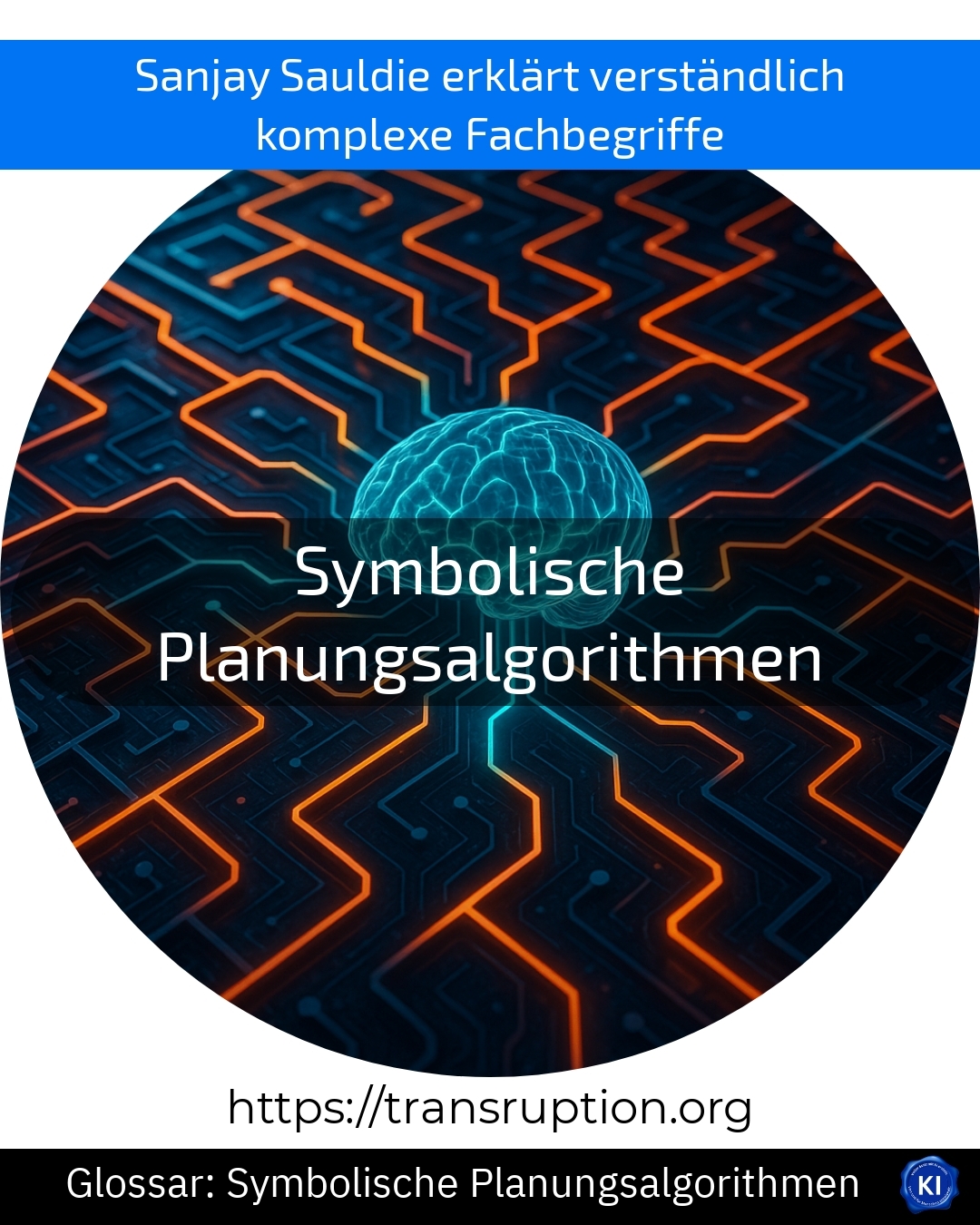Symbolic planning algorithms are used primarily in the fields of artificial intelligence, automation, industry and Factory 4.0. They are a key function when it comes to enabling machines and computers to plan complex processes independently.
In contrast to simpler algorithms, which often work according to fixed rules, symbolic planning algorithms use so-called symbols or logical building blocks to achieve goals and plan ways to get there. It sounds complicated, but it is comparable to planning a shopping trip: you have a shopping list (your goal), consider which order makes the most sense (planning) and decide which routes through the shop are the quickest (optimised process).
In smart factories, for example, symbolic planning algorithms help to flexibly reorganise production lines for new products. The system recognises which machines are needed and in which order they need to be used in order to manufacture a product efficiently. This not only saves time, but also allows the entire production process to react much more flexibly to changes.
To summarise, symbolic planning algorithms enable machines to make smart decisions on their own - and that makes them indispensable for modern automation and artificial intelligence in industry.















